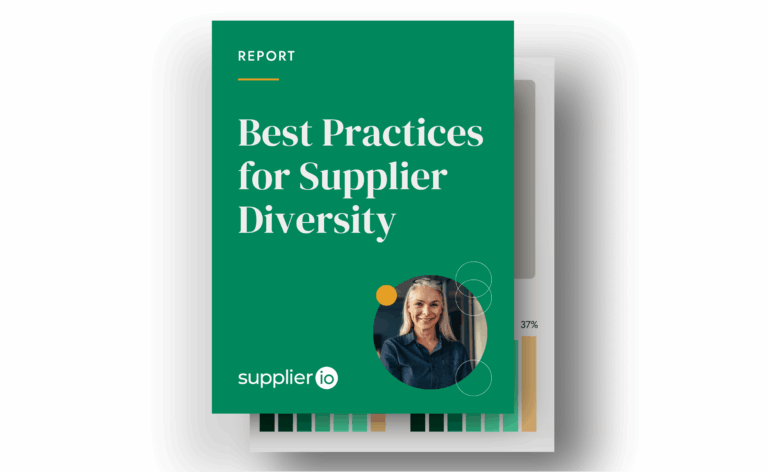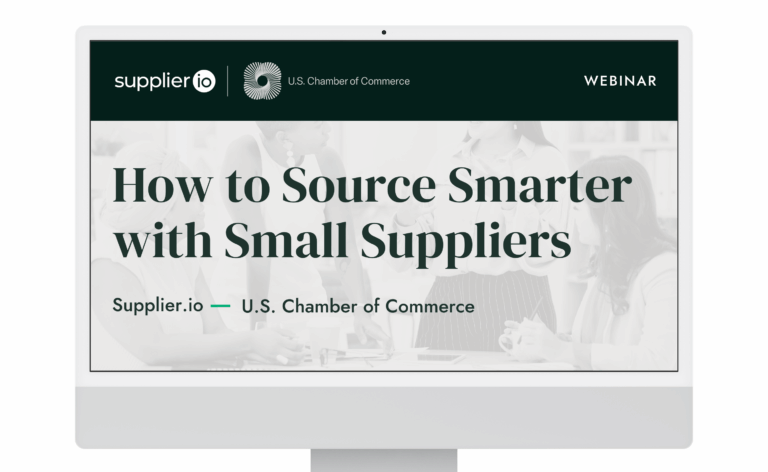Diverse Certification
What is a Diverse Certification?
Diverse certification is when a diverse-owned organization employs a third-party certification agency to validate its diversity category and ownership status.
Being certified as a diverse business is a best practice in supplier diversity and is often required when participating in a corporate supplier diversity program.
See Certification Agency for a list of the most common types of diverse certifications.





